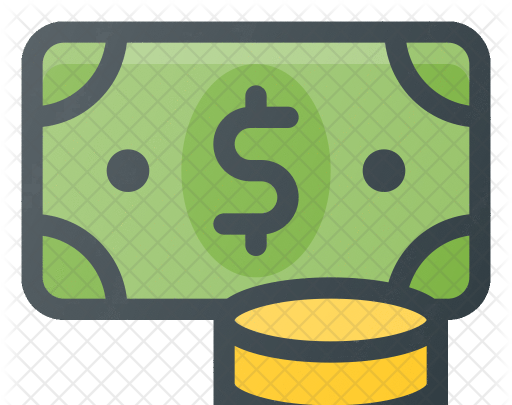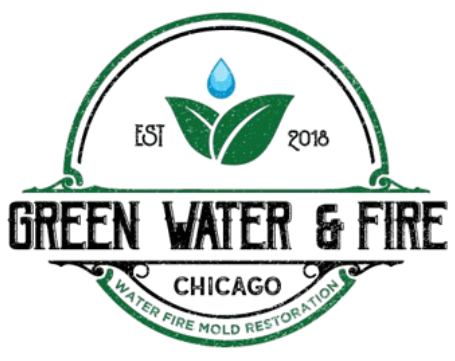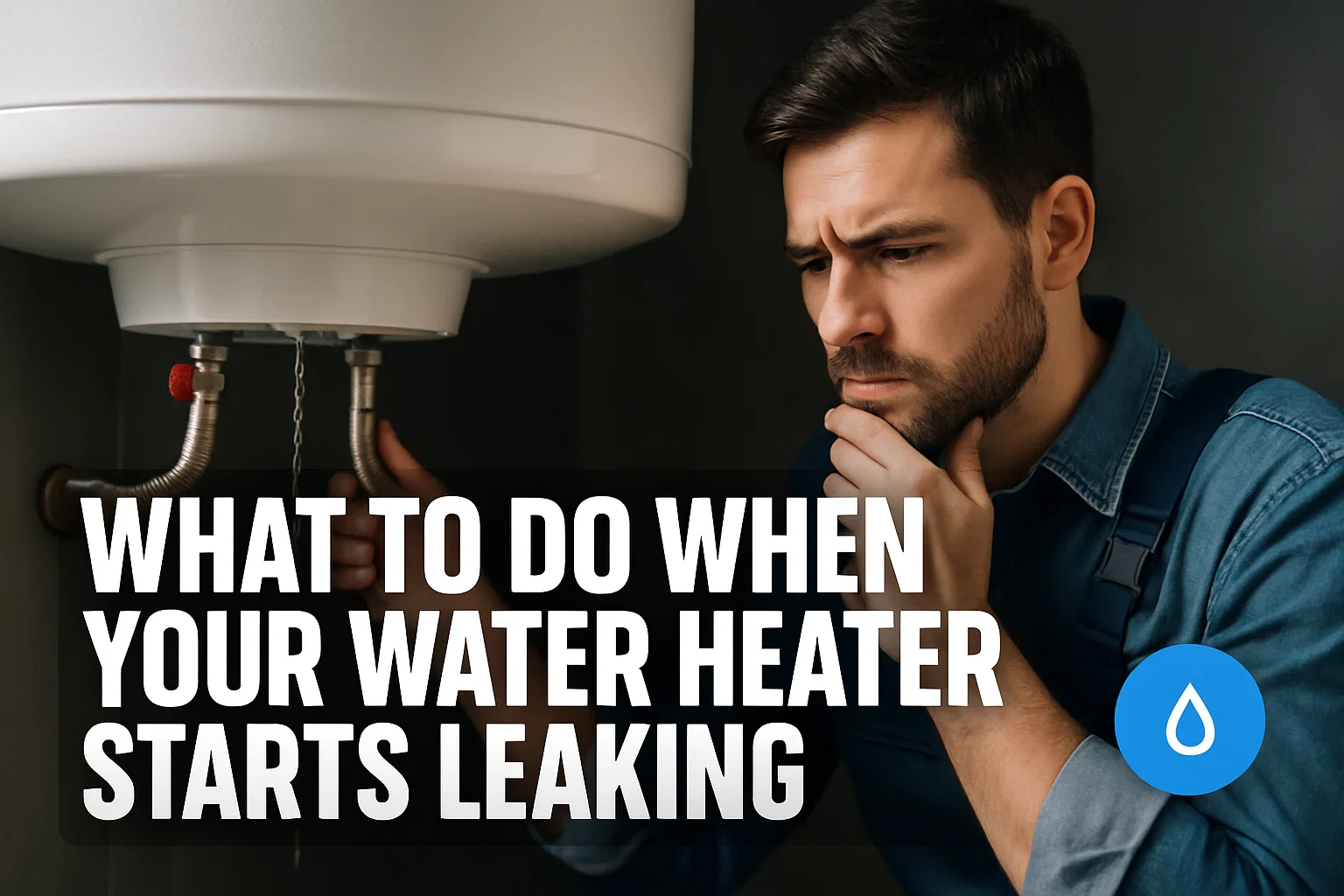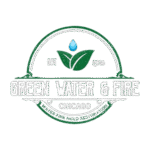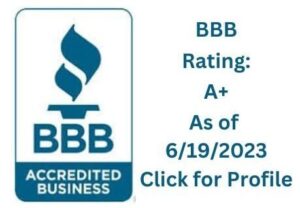Fire damage to your home is an overwhelming experience. This is a sudden shock of loss and dislocation. In this case, homeowners face a rebuilding process that can take months and even years. A common question when it comes to this is– does fire restoration include paint work? It’s not to simply answer yes or no. It’s a complex process including cleaning, repairing, and ultimately restoring your property. Once your house is back to its actual condition, you may consider a fresh coat of paint as the final step of the restoration process. This is the complete guide on what to consider when getting your fire restoration done, the role of painting in it, and how to paint after fire damage.
What Is Fire Restoration?
Fire restoration is the process of restoring property to its original condition after fire damage. It’s not just about getting visible damage clean; it’s about smoke and soot and structural problems and staying around long enough that the place feels safe and livable again.
Key Steps in the Fire Restoration Process
- Safety Inspection: Verify the building is safe for employees and residents.
- Damage Assessment: Assessing the level of fire, smoke, and water damage.
- Clean up: Removing soot, smoke, dirt, and debris from surfaces and items.
- Structural Repairs: Repairs or replacement of damaged walls, ceilings, and flooring.
- Painting and Finishing: The use of special paints to renew surfaces and to seal in odors.
- Final Check: Verifying the home is completely back and safe to use.
Fire damage doesn’t just mean charring or burns. Smoke and soot penetrate the porous materials, ceilings, creating an unpleasant odor. If left untreated, it can lead to long-term damage and even health risks.
Does Fire Restoration Include Painting?
Fire damage restoration will very often involve painting as an essential part of the repair. But it’s not just a matter of slapping a fresh coat of paint on something. Painting as part of fire restoration completes the process for several reasons, not only for aesthetic purposes: it seals in odors resulting from smoke, covers soot stains, and protects surfaces from further damage caused by fire residues.
There is a misconception that once the cleaning and repairing is done, so is fire restoration. If it isn’t painted correctly with the right primers and paints that are made specifically for smoke and soot damage, the sick smoke smell and stubborn discoloration may linger long after you thought the damage was history. That is why painting is commonly included in the full fire restoration process.
When Painting Becomes Necessary
It is only after the structure and surface have been cleaned and Repaired that painting becomes necessary. Dirt, fire, smoke, or soot can leave behind stubborn stains and odors that cleaning will not erase. At this point, smoke-blocking primers and specialty paints are used to lock down these residues and make the home look great.
For instance, despite rigorous cleaning, walls may have yellowed or irregular spots due to smoke penetration. The appropriate primer and paint will hide these defects as well as ensure that the smells don’t spread through your living space.
Prepping the Surface for Paint
Before a single drop of paint touches your walls, proper surface preparation is essential. This involves:
- Specialized cleaning agents clear all soot and smoke residues.
- Use up this material and repair it.
- Applying smoke-sealing primer, which does not allow stains and odors to bleed through.
If overlooked or done carelessly, it can result in paint peeling, visible stains, and ongoing odors and common issues among homeowners who execute restoration but fail to complete it.
Specialized Paints for Smoke and Soot Damage
Interior paint can’t withstand the issues caused by fire damage. Fire restoration professionals use smoke-resistant primers and odor-blocking paints that are designed to capture smoke particles and lock in smoke odors. They are very durable and have superior protection than standard paint.
The choice of the right paints also helps your home’s surfaces repel future discoloration and damage from lingering smoke or airborne contaminants remaining after a fire.
Fire Restoration Painting vs. Standard Painting:
At first, Painting after fire restoration may appear like a simple painting. However, the two types of restorations are also very different.
| Aspect | Fire Restoration Painting | Standard Painting |
| Purpose | To seal smoke and soot stains, block odors, and protect damaged surfaces | Primarily cosmetic—to refresh or change surface appearance |
| Surface Condition | Surfaces are often charred, stained with soot, and structurally compromised | Surfaces are usually clean, smooth, and intact |
| Preparation Required | Intensive cleaning to remove soot, repairs to damaged drywall, and application of special primers | Basic cleaning and minor patching |
| Paint and Primers Used | Specialized smoke-sealing primers and odor-blocking paints are designed to trap stains and odors | Standard primers and paints for color and finish |
| Techniques and Tools | Use of industrial-grade cleaners, multiple primer coats, and advanced odor neutralization methods | Typical rollers, brushes, or sprayers for even coverage |
| Health and Safety | Requires handling of toxic residues and ensuring the removal or sealing of hazardous materials | Standard safety precautions for painting |
| Outcome Focus | Restoring both the visual and functional integrity of fire-damaged surfaces | Enhancing aesthetics and protecting surfaces |
How Much Fire Restoration Painting Costs?
For homeowners dealing with the aftermath of a fire, it’s important to know how much fire restoration painting costs. Fire damage painting is a specialty service and goes far beyond simply painting – it also includes cleaning, repairs to surfaces, and use of specific, specialized materials, all of which influence the final price.
On average, fire restoration painting costs from $2 to $6 per square foot, but the price can vary significantly depending on the above factors, as well as the needs of the property.
Factors That Influence Pricing
Several factors influence the price of fire restoration painting:
- Location: Rates vary by region, but are usually higher in urban areas, where the cost of doing business is higher.
- Extent of Damage: The severity and size of affected areas. More prep work and materials are needed for larger spaces or walls with heavy smoke and soot damage.
- Surface Preparation Needs: Cleaning soot, fixing drywall or plaster, and using special primers increase the amount of labor and materials of regular painting.
- Type of Paint and Primers: Smoke-sealing primers and odor-blocking paints are costly as compared to regular types of paints, however, they are essential in order to properly restore a building.
- Coats required: Multiple coats may be needed to block stains and seal odors.
- Labor & Expertise: Fire restoration painting requires experienced painters qualified to manage toxic residues, which can increase labor prices.
Insurance Coverage for Repainting After a Fire
Many homeowners often wonder whether insurance will pay for repainting as part of fire restoration. Typically, most homeowners’ insurance policies cover fire damage restoration that includes painting. But the specifics of coverage differ from policy to policy and provider to provider.
It’s important to:
- You’ll want to read your insurance policy very carefully.
- Document any damage and estimates for restoration.
- Contact your claims adjuster early to confirm what painting costs are covered.
In some instances, insurance covers the whole painting costs, and in others, there may be deductibles or certain limits that affect out-of-pocket costs.
Conclusion
Getting a flat tire is an unavoidable part of owning a vehicle, while getting locked out of a vehicle and knowing how to handle the situation can save you time, money, and a headache. Whether you opt to fix the tire yourself or you need to call for roadside assistance, it’s always a good idea to be prepared and have the right tools to work with a flat tire safely. But maintaining and even preparing your tires according to a schedule can also reduce unpredictability, making your driving safer.
FAQ’s
Remove your tire if there are visible flat spots, punctures, or any damage to the tire sidewall. Additionally, you may need to replace it if the pressure is too low and doesn’t hold air after a repair.
It’s not safe to drive on a flat tire. You’re risking damage to the tire, wheel, and your vehicle. If you have a flat tire, you can’t put it off — otherwise, you risk more expensive repairs down the road.
Check air pressure regularly, frequently inspect tires for damage, and avoid driving over rough or debris-filled roads. Buying quality tires and maintaining regular rotations of those tires can also minimize your chances of a flat.
